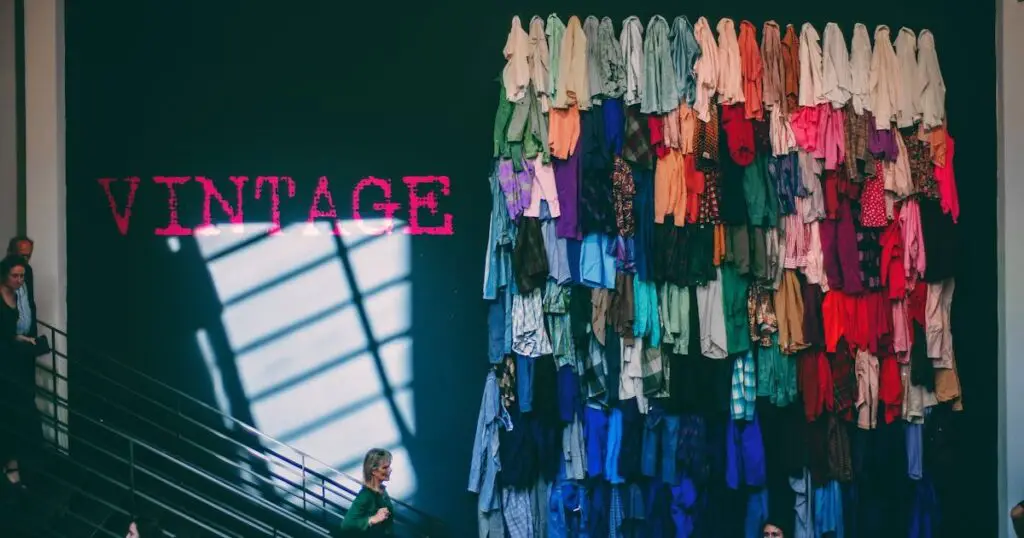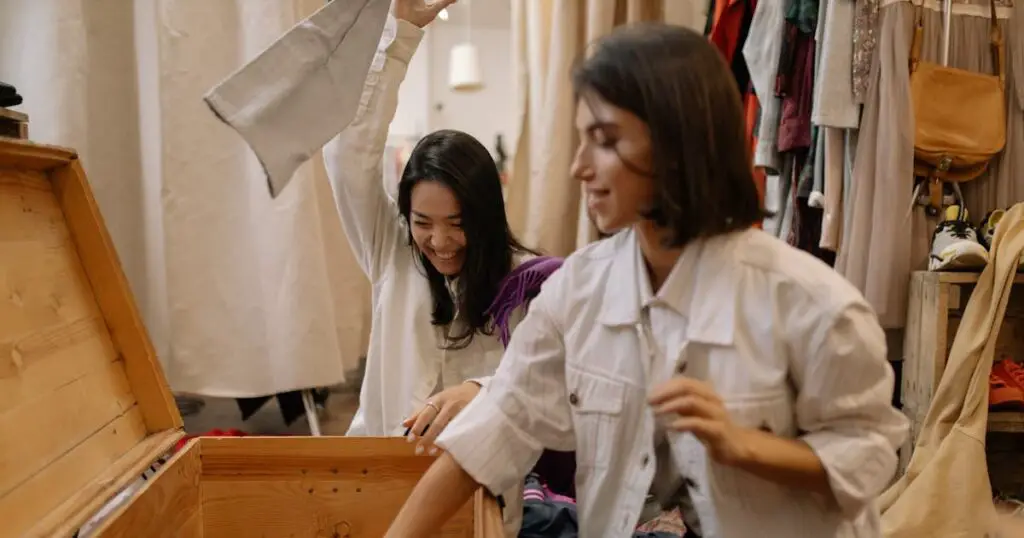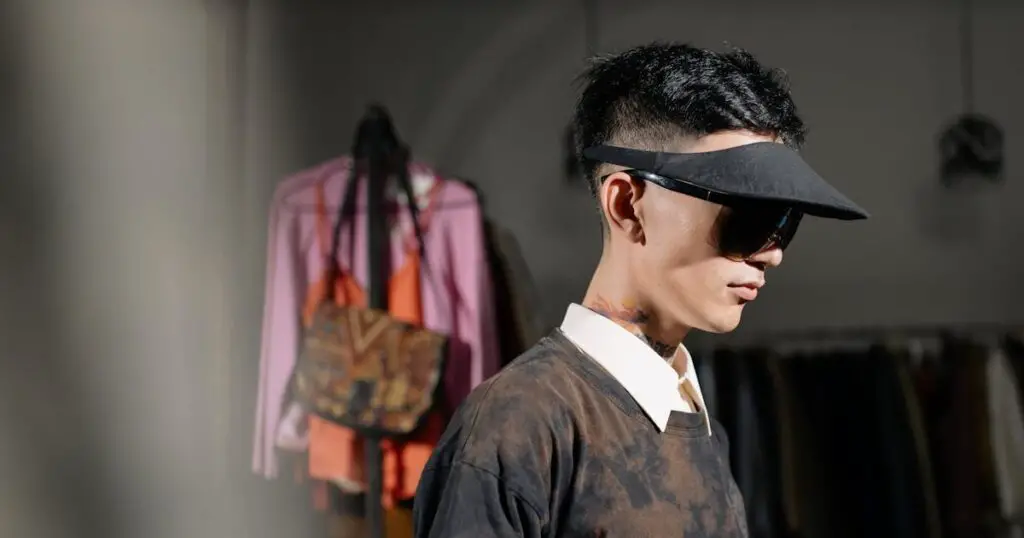Key Takeaway: Understanding what is considered vintage clothing helps us appreciate the value and history behind these timeless pieces, allowing us to make informed, sustainable fashion choices that celebrate the past while enriching our style.

Vintage clothing has become increasingly popular in recent years, with an increasing number of people seeking unique and unique pieces to add to their wardrobes. But what exactly qualifies as vintage clothing? Is it just old clothes or is there more to it than that? In this article, we will delve into the world of vintage fashion, discuss the definition of vintage, and explore what makes a piece of clothing considered “vintage.”
The World of Vintage Fashion
The term “vintage” is often associated with retro styles from decades past. However, the world of vintage fashion goes beyond just old clothes.
It encompasses various styles and eras, from Victorian-era gowns to 90s grunge fashion. Vintage fashion has also gained popularity due to its sustainability aspect, as it promotes the reuse and recycling of clothing.
Definition of Vintage
The word “vintage” comes from the French term “vendenge,” which means “harvest.” In terms of clothing, vintage refers to garments that are at least 20 years old but not more than 100 years old. Anything older than that is usually considered antique.
This time frame gives a piece of clothing enough history and character to be considered vintage, but not too much to be classified as antique.
What is Vintage Fashion?
Vintage fashion can be defined as clothing from a previous era or decade that is still in good condition and wearable today.

It represents a specific time in history and often reflects the cultural, social, and political movements of that era. Vintage fashion can range from high-end designer pieces to everyday items worn by average individuals.
Differences Between Old Things, Vintage, Antiques, Classic, Retro
It’s common for people to use the terms “old,” “vintage,” “antique,” “classic,” and “retro” interchangeably when describing clothing. However, there are significant differences between these terms that should be noted.
- Old: Refers to any item that is no longer new or in its original condition. It can range from a few years old to decades old.
- Vintage: As discussed earlier, vintage refers to clothing that is at least 20 years old but not more than 100 years old.
- Antique: Anything older than 100 years old is considered an antique. This term is often used for items that are rare and valuable due to their age and historical significance.
- Classic: Classic clothing refers to styles that have stood the test of time and remain fashionable regardless of changing trends. These pieces can be new or old but are not necessarily vintage.
- Retro: Retro clothing is inspired by styles from a previous era but is actually newly made. It often features elements and designs from different decades, making pinpointing a specific time period difficult.

As you can see, there are distinct differences between these terms. So when shopping for vintage clothing, it’s important to clarify with the seller what they mean by “vintage” to ensure you are getting what you’re looking for.
FAQs
In this section, we will be delving into some of the most common inquiries and curiosities that surround our topic.
Is vintage clothing the same as secondhand or thrifted clothing?
Not necessarily. While some vintage pieces may be found in secondhand or thrift stores, not all items sold there can be considered vintage. Vintage clothing often has a certain level of quality and history that sets it apart from regular secondhand items.
Are all vintage pieces expensive?
No, not all vintage clothing comes with a hefty price tag. It depends on the item’s rarity, condition, and demand. You can find affordable vintage pieces at thrift stores or online marketplaces.
Is wearing vintage clothing cultural appropriation?
It can be a sensitive topic, as some cultural styles and designs have been used without proper credit or respect. It’s always best to do your research and understand the history and significance of a piece before wearing it.
Can vintage clothing be altered to fit modern sizes?
Yes, vintage pieces can be altered to fit different sizes or updated with modern touches. However, it’s important to respect the original design and craftsmanship of the garment.
Conclusion: What is Considered Vintage Clothing?
In conclusion, vintage clothing encapsulates a wide range of styles and eras that hold historical and cultural significance. It goes beyond just old clothes and has gained popularity for its uniqueness, sustainability, and connection to past generations.
So next time you come across a piece of clothing labeled as “vintage,” you’ll have a better understanding of what that truly means.



Leave a Comment
You must be logged in to post a comment.